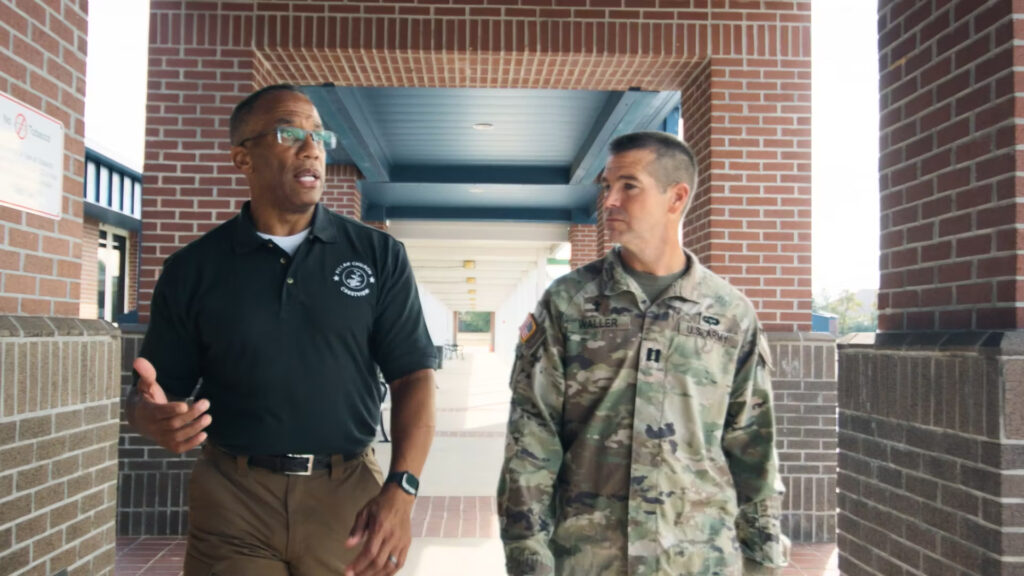Gaining an accurate understanding of context is critical to successfully plant a new church. Barry Whitworth has led in establishing over thirty Multiplying Church Centers in Pennsylvania and developed a simple methodology to assist a planter in understanding their context. Only when you are personally engaged with a community can you truly determine how best to serve it.
1. Social
Social structures of a community have vital information to accurately understand how relationships are understood by the culture.
Observation
- What kind of interaction is happening between different generations, ethnic groups, etc.?
- What groups are slipping between the cracks?
- How do people connect?
- Are they open to interaction with outsiders?
- Who is influential in: business, financial, government, health and civic organizations?
Conversation
- Talk with gatekeepers. Ask them about the health of community relationships, as well what is ‘going well’ or could be ‘improved.’
- Ask about social problems.
- Ask about who lives in the community.
- Determine common lifestyles and worldviews.
- Is there new construction in the community? Is it well received?
Implementation
- Of the gatekeepers, I found these people _____ to be open to help us in building strategic relationships with the community.
- To reach a particular group of people, I would recommend building a relationship with_____.
- To become socially accepted into the community I believe that a new person would be wise to _____, and to avoid _____.
2. Economic
People always invest their time and money in what they deem as important. Therefore, examining the economic implications of the context is vital to understanding the community.
Observation
- What evidence of wealth and prosperity do you see?
- Is the community growing, stable, slowly declining or rapidly dying?
- Who determines public agendas?
- What are noteworthy strengths or weaknesses in public schools, housing, police services, healthcare and recreation?
- Is assistance for the needy provided?
- Do people have boats, ATV’s, pools, or other noticeable distinguishers?
Conversation
- Ask questions like, “If your community had extra money how would you like to see it invested?”
- What does an average workweek look like?
- What is the average commute?
- Ask school personnel, “How actively do students’ parents participate?”
- What are popular entertainment venues?
Implementation
- Because the people of the area value _____, a way to build relationships would be _____.
- A church planter who enjoys these activities ______ would be an asset to help build relational bridges.
- Because of the strength and stability (or instability and decline) of the economy I would recommend that we _____, and that we would never ______.
3. Physical
When trying to determine the location of a new church, it’s important to notice any geographic boundaries. What does the landscape tell you about the place and people?
Observation
- What are some public areas? Are they well kept? Who are they for?
- Are there areas avoided by some residents?
- Does a railroad track, river or mountain separate communities?
- Where are schools located?
Conversation
- Take public transportation, and ask why others use it.
- Ask people if they know of a place to eat in an area you know has restaurants and see if they are familiar with the area.
- Ask, “Is if there are any areas to avoid while? And why?
Implementation
- A way to build a bridge in this community could be through a service project ______.
- A single church plant can reach a maximum radius or geographic area of ______.
- I found boundary lines of ______ (geographic, transportation, or other) and cannot be crossed.
- We will need to plan other plants in ______ and ______ because of ______.
4. Spiritual
While all aspects of our exegetical process are designed to determine the activity of God, this one has a very specific focus. We are now studying the community to learn how the community has historically engaged spiritually (not just to evangelicals) and how that is affecting them currently.
Observation
- Are Christian churches growing, maintaining, or declining?
- How many churches are evangelistic?
- What are “spiritual” places in the community besides churches?
- Are there any Christian schools?
- Are there any Christian non-profit, para-church or social agencies in the area?
- Have you noticed any “people of peace?”
Conversation
- When visiting a Christian church ask:
- “What significant spiritual markers have affected the spiritual climate, either positively or negatively?”
- “What are the hard to reach demographics?”
- “What is their average age in attendance”?
- “What lessons have you learned in serving your community?”
- Ask residents: “Where are the places of life, hope and beauty in the community?”
Implementation
- I believe the spiritual climate is ______.
- There are deep spiritual wounds in this community from ______.
- I would recommend concentrating on ______ and avoiding ______.
- Persons of peace that I discovered were ______.
- The most underserved and spiritually hungry demographic is ______.
Published September 1, 2016




